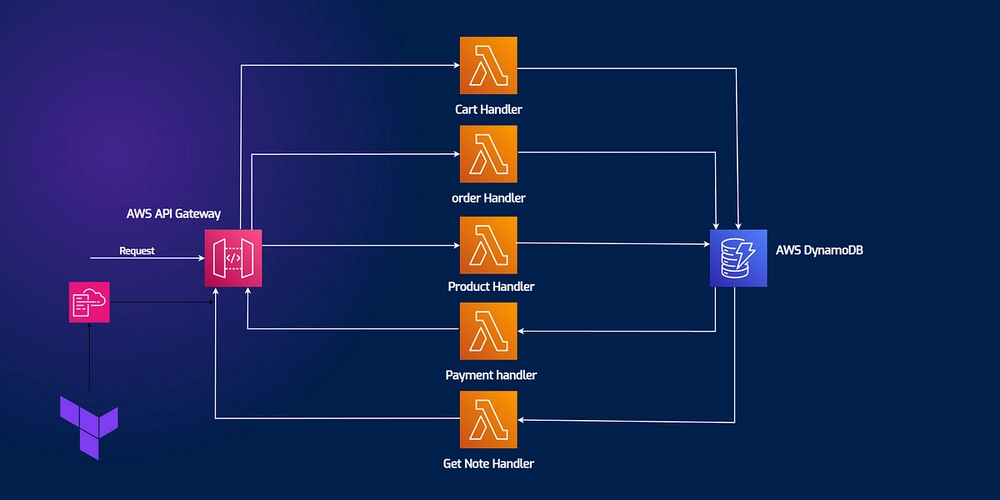Building a Plugin System in React Using Dynamic Imports and Context API
Creating a plugin architecture in React lets you scale your application with isolated, reusable, and optionally loadable modules. Whether you're building a dashboard, CMS, or tool with extensibility in mind, a plugin system lets third-party or in-house developers integrate features without changing your core codebase. Why Build a Plugin System? Modularity: Keep features decoupled and maintainable. Flexibility: Load features based on user config or permissions. Scalability: Let teams or external devs build and plug in features without touching core files. 1. Basic Plugin Contract Each plugin should follow a simple contract — a default-exported component and optionally some metadata: // plugins/GreetingPlugin.js export default function GreetingPlugin() { return Hello from Greeting Plugin!; } export const meta = { id: "greeting", name: "Greeting Plugin", }; 2. Plugin Registry and Context Use React Context to expose plugin data and utilities to your app: // PluginContext.js import { createContext, useContext } from "react"; export const PluginContext = createContext([]); export const usePlugins = () => useContext(PluginContext); 3. Dynamically Load Plugins Using dynamic imports, load plugins asynchronously at runtime: const pluginPaths = [ { id: "greeting", path: "./plugins/GreetingPlugin.js" }, { id: "analytics", path: "./plugins/AnalyticsPlugin.js" }, ]; async function loadPlugins() { const pluginModules = await Promise.all( pluginPaths.map(async ({ id, path }) => { const mod = await import(`${path}`); return { id, Component: mod.default, meta: mod.meta || {}, }; }) ); return pluginModules; } 4. App Integration Wrap your app with the context and render plugins as needed: import React, { useEffect, useState } from "react"; import { PluginContext } from "./PluginContext"; function PluginHost() { const [plugins, setPlugins] = useState([]); useEffect(() => { loadPlugins().then(setPlugins); }, []); return ( ); } 5. Render Plugins in the UI In your main application, pull in all loaded plugins and render them dynamically: import { usePlugins } from "./PluginContext"; function MainApp() { const plugins = usePlugins(); return ( Dashboard {plugins.map(({ id, Component }) => ( ))} ); } 6. Add Plugin Zones Optional plugin zones allow targeted rendering (like top bar, sidebar, footer): function usePluginsByZone(zone) { const plugins = usePlugins(); return plugins.filter(p => p.meta.zone === zone); } function Sidebar() { const sidebarPlugins = usePluginsByZone("sidebar"); return ( {sidebarPlugins.map(({ id, Component }) => ( ))} ); } Conclusion You've now got a fully functional plugin system in React. With dynamic imports, a plugin registry, and a shared context, your app becomes a modular, extensible platform. This architecture is especially useful in dashboards, admin panels, or tools that need pluggable third-party features. If this post helped you, consider supporting my work: buymeacoffee.com/hexshift

Creating a plugin architecture in React lets you scale your application with isolated, reusable, and optionally loadable modules. Whether you're building a dashboard, CMS, or tool with extensibility in mind, a plugin system lets third-party or in-house developers integrate features without changing your core codebase.
Why Build a Plugin System?
- Modularity: Keep features decoupled and maintainable.
- Flexibility: Load features based on user config or permissions.
- Scalability: Let teams or external devs build and plug in features without touching core files.
1. Basic Plugin Contract
Each plugin should follow a simple contract — a default-exported component and optionally some metadata:
// plugins/GreetingPlugin.js
export default function GreetingPlugin() {
return Hello from Greeting Plugin!;
}
export const meta = {
id: "greeting",
name: "Greeting Plugin",
};
2. Plugin Registry and Context
Use React Context to expose plugin data and utilities to your app:
// PluginContext.js
import { createContext, useContext } from "react";
export const PluginContext = createContext([]);
export const usePlugins = () => useContext(PluginContext);
3. Dynamically Load Plugins
Using dynamic imports, load plugins asynchronously at runtime:
const pluginPaths = [
{ id: "greeting", path: "./plugins/GreetingPlugin.js" },
{ id: "analytics", path: "./plugins/AnalyticsPlugin.js" },
];
async function loadPlugins() {
const pluginModules = await Promise.all(
pluginPaths.map(async ({ id, path }) => {
const mod = await import(`${path}`);
return {
id,
Component: mod.default,
meta: mod.meta || {},
};
})
);
return pluginModules;
}
4. App Integration
Wrap your app with the context and render plugins as needed:
import React, { useEffect, useState } from "react";
import { PluginContext } from "./PluginContext";
function PluginHost() {
const [plugins, setPlugins] = useState([]);
useEffect(() => {
loadPlugins().then(setPlugins);
}, []);
return (
);
}
5. Render Plugins in the UI
In your main application, pull in all loaded plugins and render them dynamically:
import { usePlugins } from "./PluginContext";
function MainApp() {
const plugins = usePlugins();
return (
Dashboard
{plugins.map(({ id, Component }) => (
6. Add Plugin Zones
Optional plugin zones allow targeted rendering (like top bar, sidebar, footer):
function usePluginsByZone(zone) {
const plugins = usePlugins();
return plugins.filter(p => p.meta.zone === zone);
}
function Sidebar() {
const sidebarPlugins = usePluginsByZone("sidebar");
return (
);
}
Conclusion
You've now got a fully functional plugin system in React. With dynamic imports, a plugin registry, and a shared context, your app becomes a modular, extensible platform. This architecture is especially useful in dashboards, admin panels, or tools that need pluggable third-party features.
If this post helped you, consider supporting my work: buymeacoffee.com/hexshift









































































































































































![[The AI Show Episode 144]: ChatGPT’s New Memory, Shopify CEO’s Leaked “AI First” Memo, Google Cloud Next Releases, o3 and o4-mini Coming Soon & Llama 4’s Rocky Launch](https://www.marketingaiinstitute.com/hubfs/ep%20144%20cover.png)



























































































































![[DEALS] The All-in-One Microsoft Office Pro 2019 for Windows: Lifetime License + Windows 11 Pro Bundle (89% off) & Other Deals Up To 98% Off](https://www.javacodegeeks.com/wp-content/uploads/2012/12/jcg-logo.jpg)


















































































































































_Andreas_Prott_Alamy.jpg?width=1280&auto=webp&quality=80&disable=upscale#)

































































































![What features do you get with Gemini Advanced? [April 2025]](https://i0.wp.com/9to5google.com/wp-content/uploads/sites/4/2024/02/gemini-advanced-cover.jpg?resize=1200%2C628&quality=82&strip=all&ssl=1)











![Apple Shares Official Trailer for 'Long Way Home' Starring Ewan McGregor and Charley Boorman [Video]](https://www.iclarified.com/images/news/97069/97069/97069-640.jpg)
![Apple Watch Series 10 Back On Sale for $299! [Lowest Price Ever]](https://www.iclarified.com/images/news/96657/96657/96657-640.jpg)
![EU Postpones Apple App Store Fines Amid Tariff Negotiations [Report]](https://www.iclarified.com/images/news/97068/97068/97068-640.jpg)


































































































































